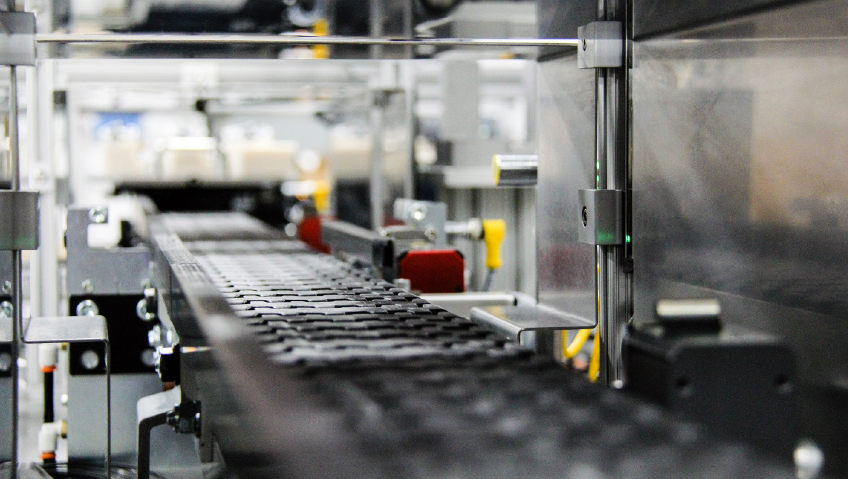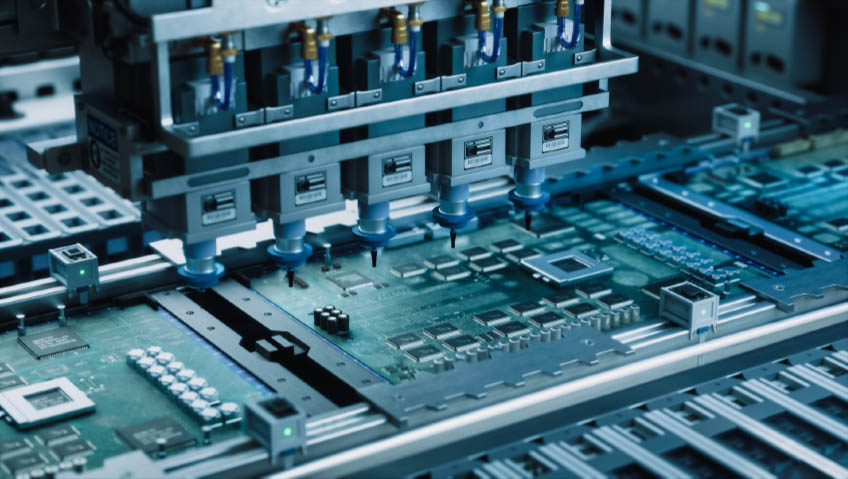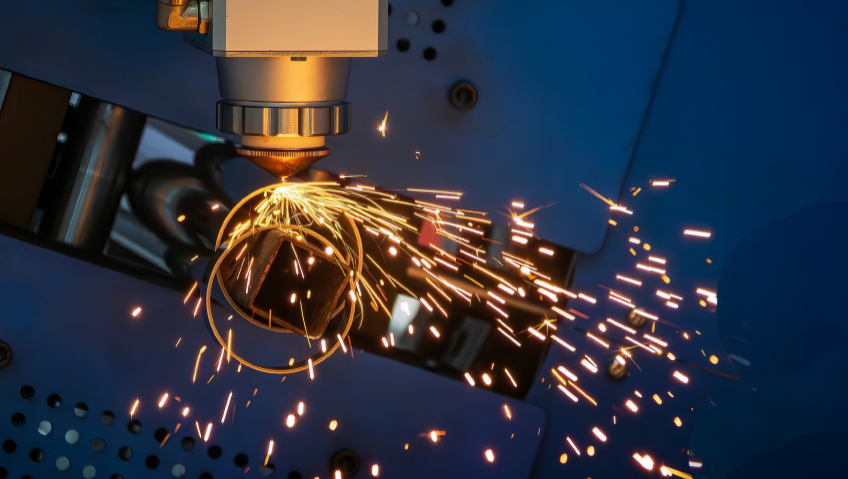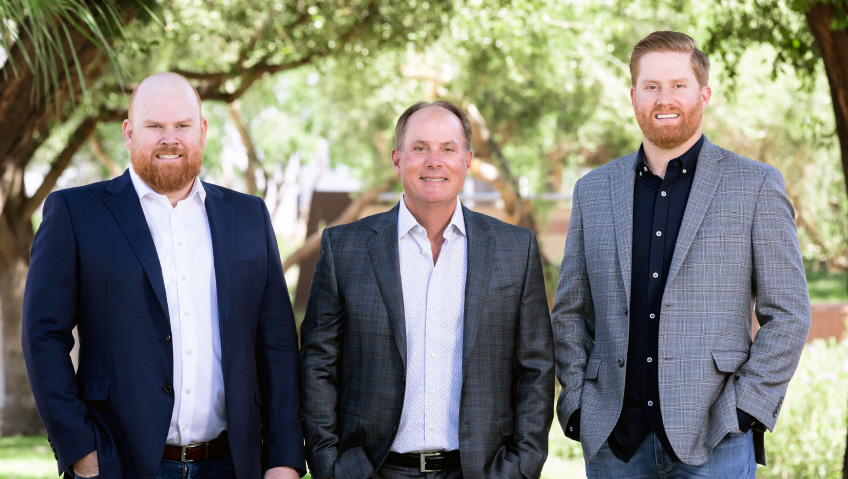Invotec develops and automates manufacturing systems and solutions. Last year, Manufacturing in Focus profiled the company’s impact on the medical device industry. This month, we are checking back in to hear about the latest advances this company is developing.
Perhaps the most important question to ask when considering automation is what the benefits are. “Manual processes are often prone to less consistency, less productivity, and higher cycle times,” explains Noah Smith, Director of Business Development. “Automation can provide error-proofing throughout the assembly and testing process, allowing complicated, intricate processes to be more repeatable.”
Project Engineer Brian Engle adds, “we’re seeing a lot of increased demand for different medical devices and so things that were being done by hand by operators before aren’t going to be able to be done like that in the future because it would require a very, very large amount of operators to do that. So the ability to be able to shift away from manual processes is a big benefit. And by doing that you also reduce human error, so it makes it a more robust solution to building your product. You’re able to take more of your raw material and turn it into quality final product with fewer rejects.”
Of course, the use of automation varies from industry to industry, so the medical device sector requires its own unique solutions. “When applying automation to a medical device manufacturer, it takes a different approach than it would if you were looking to apply it to automotive—they have different goals, product lifecycles, et cetera,” Smith points out.
“Automation is not a one-size-fits-all answer. Automation in the medical device industry includes everything from manual stations to full production lines. Generally speaking, the focus for automation in this industry is about scaling up production and increasing quality.”
Certainly, there are a number of common misconceptions about automation in the medical device industry. The first is that automation is expensive. This belief does have some truth, but does not account for the full picture. “On the face, it is more expensive than an operator,” Smith says. “But, the price largely depends on what you are trying to accomplish and what level of automation you need. Also, how many operators will you need for efficiency and reliability? There’s always more to the cost conversation.”
People typically envision “this complex system with lots of moving parts and lots of robots and elements like that,” Engle says. “But it’s really dependent on the level of automation that you are looking to get.” A fully automated production line will have a high upfront cost, but that is far from the only option. “We start on a smaller scale with our customers so it’s not as expensive and if they do want to ramp up, we can ramp up to be more automated. That way they can see the benefits of automation on a small scale before moving on to a large scale,” Engle says.
With any level of automation, there may be “more upfront cost, but it can save you money later down the road,” Engle adds. Also notable is that the cost of robots has fallen dramatically. “In the last few years, there are robots for simple tasks that are closer to $7,500 versus $20,000 to $30,000 that we’ve seen in the past,” Smith says. “In some cases, they can be less expensive than the pick and place or traditional solutions.”
Another common misconception is that robots replace humans. “In fact, many medical device manufacturers aren’t looking to reduce their workforce,” Smith says. “What they actually want to accomplish and what automation can help achieve is freeing up operators for other tasks or projects.”
Some medical device manufacturers believe they simply don’t have the floor space to support an automated system. In fact, the opposite can be true—sometimes automation can actually save space. “That’s dependent on the level of automation,” Engle says. “We look to improve processes along the way or combine processes so you can have one machine that does four different tasks instead of having four machines that each do one task. So there are a lot of ways to actually have it use up less floor space.”
Another misconception is that automation is not flexible. “While this can be true, it depends on the component used,” Smith says. “For example, feeders used to be designed to fit one part. Now you can re-train and use flex feeders instead of replacing them when the part changes.”
Engle elaborates, “We do a couple of different things here that allow our customers to make their machines more flexible. A lot of times we’ll have machines that can run various different types of products on them. We talk with our customers upfront to get a feel for what they need and we can design that in.” As a result, customers are often surprised at the increased flexibility they enjoy after upgrading to automation. “There’s actually a lot of flexibility once you make that dive into automation,” Engle says.
On the other hand, people may assume that automation has more flexibility than it actually does. “On the opposite end of the spectrum, we have some customers who believe automation can solve anything,” Smith says. “Unfortunately, this isn’t true. Some processes are too delicate. When this happens, we try to develop solutions; if automation isn’t a good fit, we recommend doing something else and explain why.”
Engle explains, “that can happen when you have products with extreme variations in tolerance. It’s sometimes a little bit harder to handle for automation if there’s a very, very delicate or very, very complex task. The level of automation required to do that may be too expensive for our customers to want to do; they would just rely on having the operator do it. So there are definitely times where automation isn’t the right answer, but we work with our customers to determine which processes they want automated. We will help guide them to which processes will be easiest and best to automate, and we’ll get them the best return on their investment.”
Another common concern is that automation is too complex for operators and maintenance teams to handle. To this end, Invotec offers extended support to customers who need it, though many will be surprised to find the system is easier to operate and maintain than anticipated.
The automation industry is facing several ongoing challenges beyond the need to overcome these common misconceptions. “Invotec is not immune to the global supply chain issues facing nearly every industry, and minimizing the impact of material delays is one of our largest challenges currently,” Smith says. “We are doing this through a flexible design approach [by] identifying long-lead items upfront and investigating alternative design approaches. We’re also leveraging our group purchasing power through sister companies within the HAHN Group. Managers from all divisions meet on a regular basis to discuss emerging shortages and available regional stock.”
While the pandemic brought challenges to the industry, its impact also increased demand for automation. “One trend we’ve noticed lately is that customers are more willing or eager to adopt these changes since the COVID pandemic,” Smith says. “At its peak, manufacturers with manual processes or lines of 20 operators were struggling to maintain operations due to social distancing guidelines and safety protocols—which was especially problematic given that they are making medical devices. Those same customers are now more invested in discovering how their critical processes can be automated or semi-automated to help prevent major shutdowns.”
The future looks exciting for this rapidly evolving industry. “Technology changes and improves faster now than it ever has before,” Smith says. Engle adds, “As more and more products are being developed and more and more products are being used, demand keeps increasing.” Invotec is well placed to continue leading the industry with the most advanced solutions to meet the latest demands within the medical device industry.






